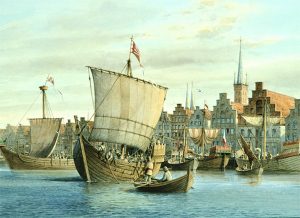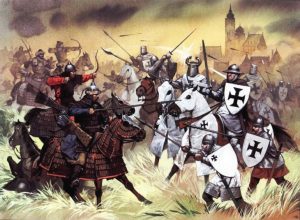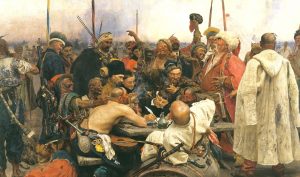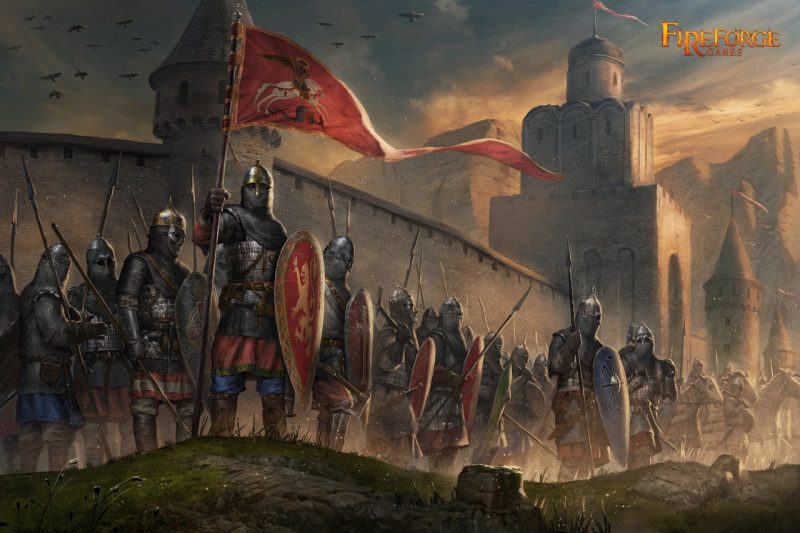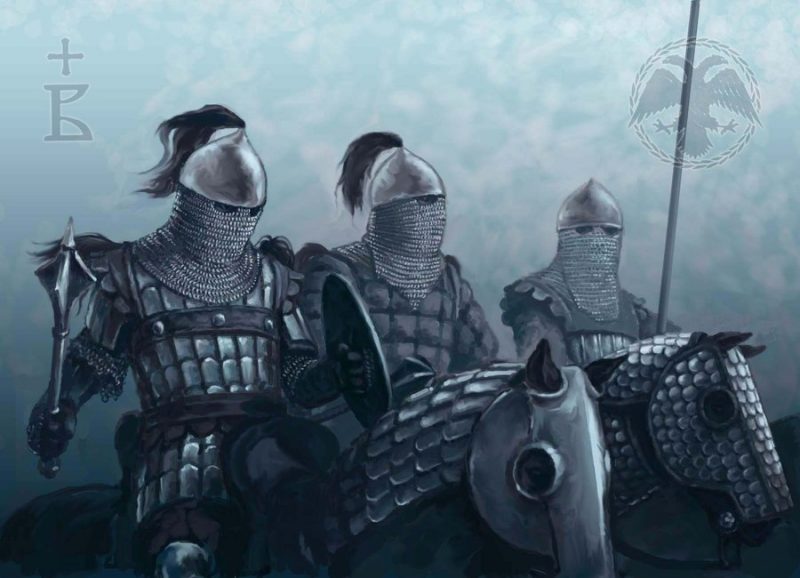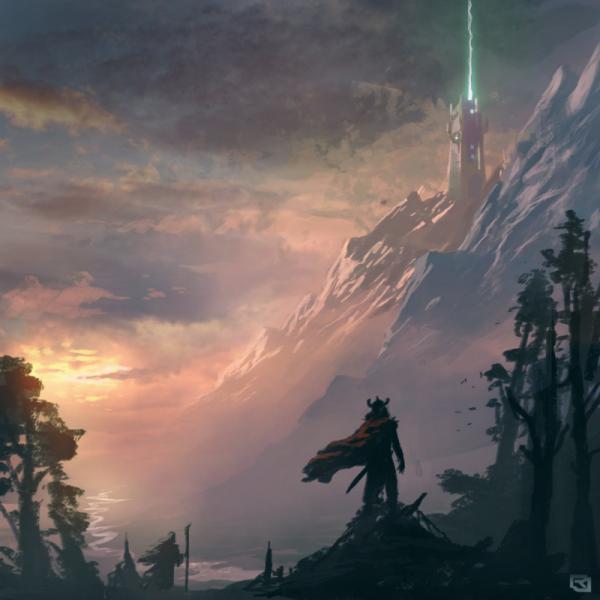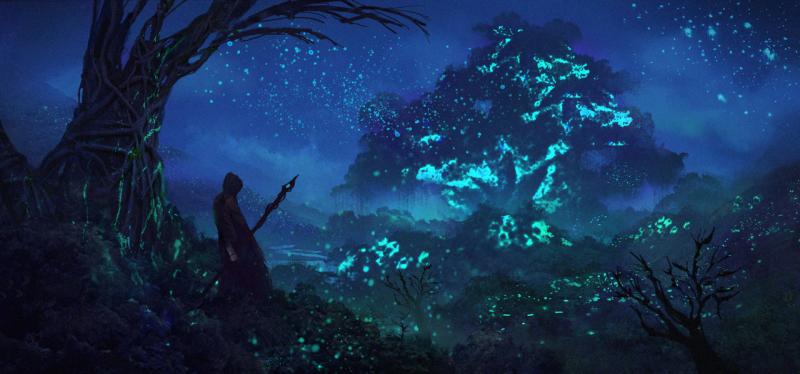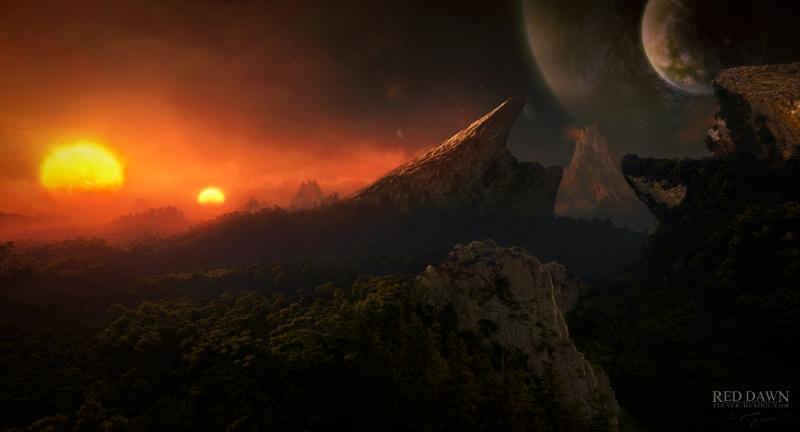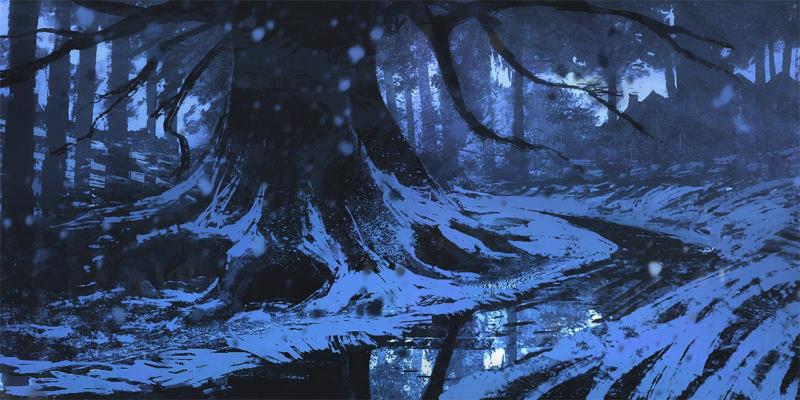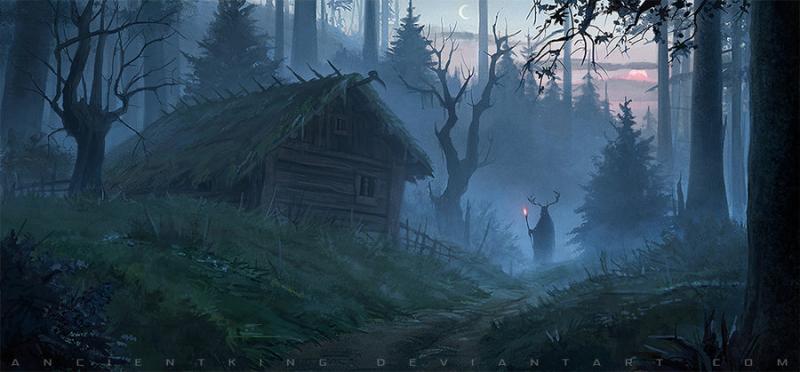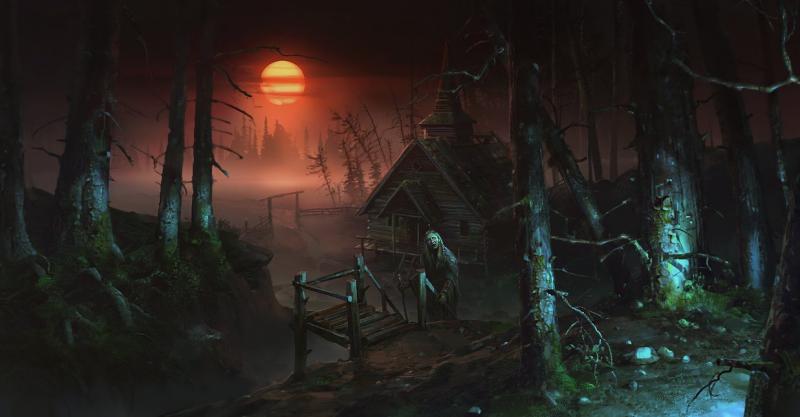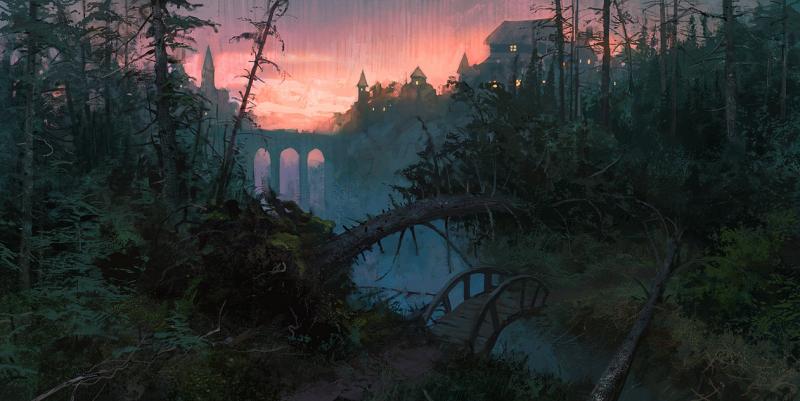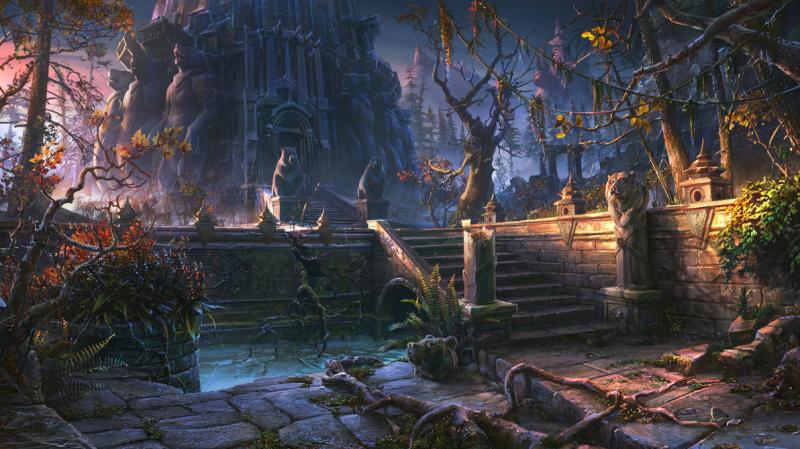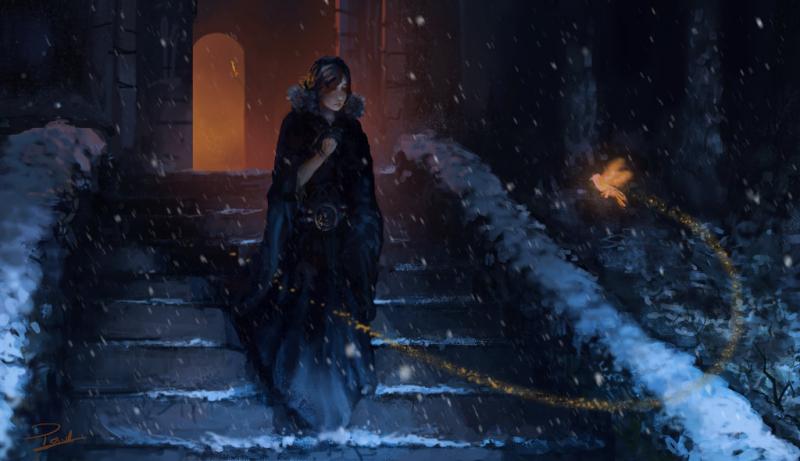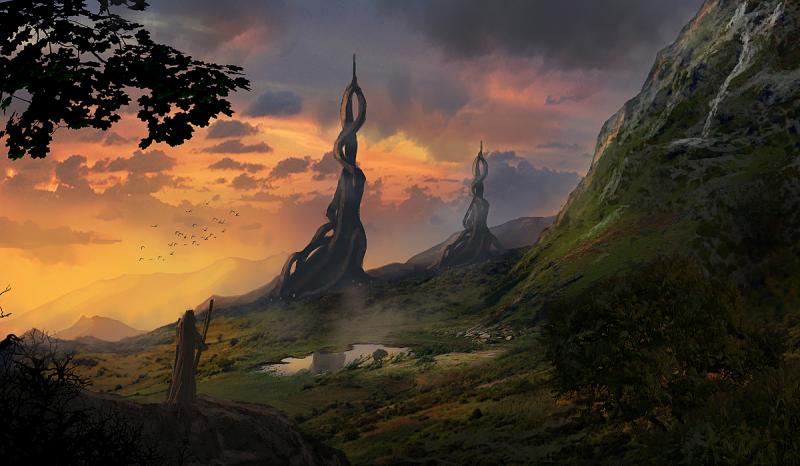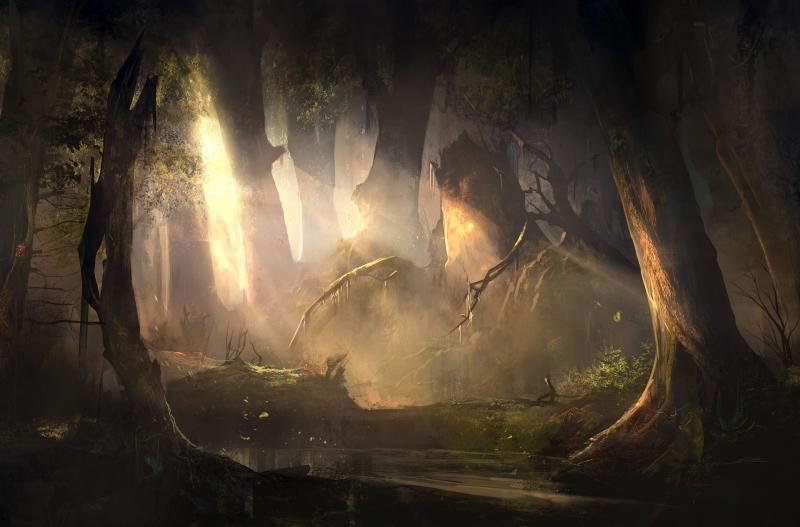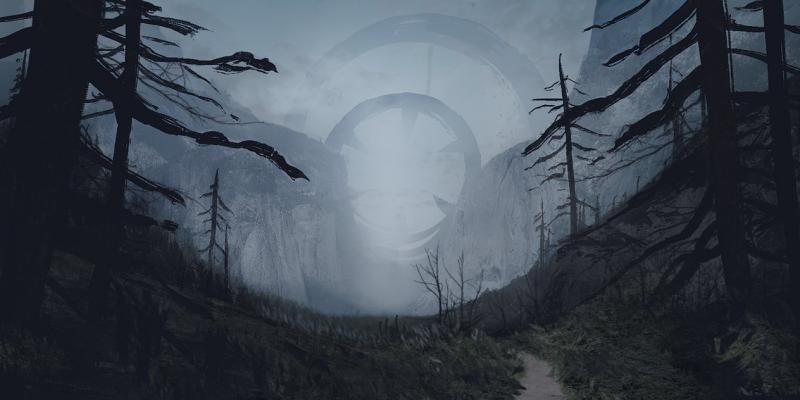I’ve realized that recently I have not been feeling really enthusiastic about working on the new setting and looking forward to seeing it in action. The last really cool thing where the 50 Cool Things two weeks ago.
I think I found out why that is and how to fix that.
The Problems
The first thing is that I took the idea of using a lot of elements from medieval Northeast Europe and it turned into something more like taking medieval Northwest Europe and adding fantasy elements to it. While I am a huge fan of The Witcher and Dark Souls, the medieval design isn’t really one of the things I love about them. The style that I really love is that of Planescape, Dark Sun, Morrowind, Star Wars, and evrything deawn by Moebius. Worlds that feel very alien and often somewhat surreal. Worlds that are more about representing ideals instead of realism.
The other thing is that I’m not really a fan of treasure hunting. What I really love is exploring magical places, but the material stuff you carry out of them doesn’t do much for me. It’s just such a central element in Sword & Sorcery and wuxia and a standard assumption in most RPGs, but the whole point of starting a new setting was to make something suited for more noir-style stories and adventures. Changing from gold to artifacts didn’t really do the trick.
How to fix it
With that in mind, I think I want to take the setting into a more alien and high magic direction instead of making it Earth-like and low magic. This mostly doesn’t actually change the things that I’ve already described here. The map remains the same, the people remain the same, and the factions remain the same. The magic system of priests, witches, and sorcerers and magical knowledge leading to loss of humanity probably will also remain the same. I will also stick to my plan on using Baltic, Finnish, Mongol, and Greek sounding names and have the trade networks be modeled after the Baltic Sea. And of course, it remains a temperate to cold region of forests with lots of swamps and heaths, full with dangerous and powerful spirits.
What changes will probably be the nature of the eldritch wilderness and also of the civilized lands. So far I had been working with the concept of Corelands, Borderlands, and the Weird, based on the assumption of a very medieval Earth-like setting. But it doesn’t make much sense in an alien high magic world. Instead, I found some good guidance looking back into the introduction of the Planescape setting. Planescape is also about exploring wonderous places and collecting valuable stuff there, but it is meant to be so much more than a dungeon crawl treasure hunt. In Planescape, things are intended to get a much deeper meaning and provide more complex motivations by relying on the central theme that belief changes the environment. The factions have their ideological conflicts because each of them tries to make the universe work the way they think it should work and the only reason it doesn’t is because other people still believe that it works differently. This reminded me of my earlier but then discarded idea of powerful immortal sorcerer kings using their supernatural powers to create areas within the otherwise chaotic and dangerous wilderness where advanced civilization can develop and be sustained, protected from the wims of spirits and wild gods.
Now instead of giving this power to immortal sorcerer kings, I want to adapt the idea from planescape that belief can change the environment. Not so much that reality fundamentally changes because people believe it, but to make it so that magic can have meaningful effects over large areas that will affect the environment in a wide range of ways. Usually an area is influenced by the gods of the land, but many priests, witches, and sorcerers working together can subtly change it through complex rituals and the construction of great magical monuments. These are the occult societies like the Sorcerer Lords, the Moon Knights, or the Fog Witches, and of course the Northern and Southern Churches. All their plotting and hunting for magical tomes is not just for knowledge or for power, but it’s a permanent struggle to preserve and strengthen the societies of their homelands, and there are always those who wish to change them to be closer to their own ideals. Ultimately, all the plots and fights are about protecting their way of life or creating a better world. It’s not the ulta-lowest common denominator of the entire existance of the world being threatened by a great evil that wants only to end all life. But it’s still as important a long-term motivation for the factions as it can get. The players’ involvement in their affairs will matter a great deal to large numbers of people.
What is very important to me with this idea is to keep it all very subtle and mystical. The supernatural world is not a machine with dials to be turned and leavers to be switched. The goal is to weaken the influence of some spirit and to manipulate others. Magical constructions are not about building magitech devices, but about building temples from which priests project their divine powers, errecting shrines to claim spiritual ownership over a place, and to slowly enchant the waters of a lake to become a source of magical power that increases the strength of sorcerers near its shores.
Adding Theme
Another thing that seems appropriate to mention here, as it’s closely related and derives from these thoughts, is the subject of theme. A problem with my Sword & Sorcery setting was that I always had difficulties with making things feel meaningful and not just simple action fun. I really like Conan and Kane, but their philosophical concerns never felt like they could be applicable to a game of people playing together with limited time. They are much too brooding and inside looking. All my favorite stories that seem meaningful to me and where the problem requires direct action fall more into the Neo-Noir style. Stories that I find the most interesting are about failure and defeat, and comin to terms with the truth that in reality people are not heroe who can accomplish everything they want because they are determined. The most important questions are always how much you feel you need to accomplish and how much you are willing to give to accomplish it. And not the cliche of “I would give everything and will do anything it takes!” and then winning without actually having to pay anything for it.
I also have a bit of a fascination with prophecies, but really don’t like it when it predetermines the outcome and removes all tension, or when the meaning can only be deciphered after it already happened. A nice solution I found for this is to have divinations only tell the characters whose paths they will cross if they stay on the path they are currently on, and whether this fated meeting will lead to valuable help or to a confrontation. It can predict when a decisive moment will happen, but not determine the specific outcome. Yoda tells Luke Skywalker that he will have to face Darth Vader, and he already knows this to be true. But neither of them can tell what will happen when he does.
Now when you combine these two things with a setting in which powerful factions try to subtly alter the fate of whole region, a very strong theme emerges: Considering the consequences of your actions. Which is an important element in Noir. And which also happens to be a central theme in The Witcher. When you are a poweful warrior or sorcerer, your actions can have very large consequences. You can not simply charge into a place and destroy the evil and except that this nicely wraps everything up and will be happy ever after. This is what happens in a simple adventure story, but it’s not how things work in reality. Not ignoring the fact that sometimes things don’t go as planned and then having to find ways to deal with the consequences as best as they can is something that I feel adds a great deal of depth and meaning to a story.

